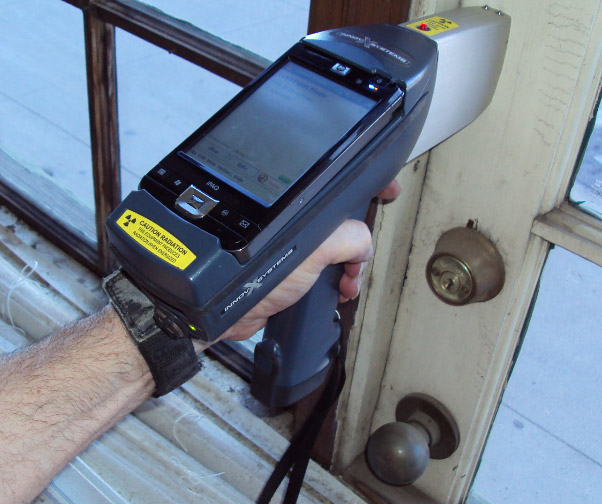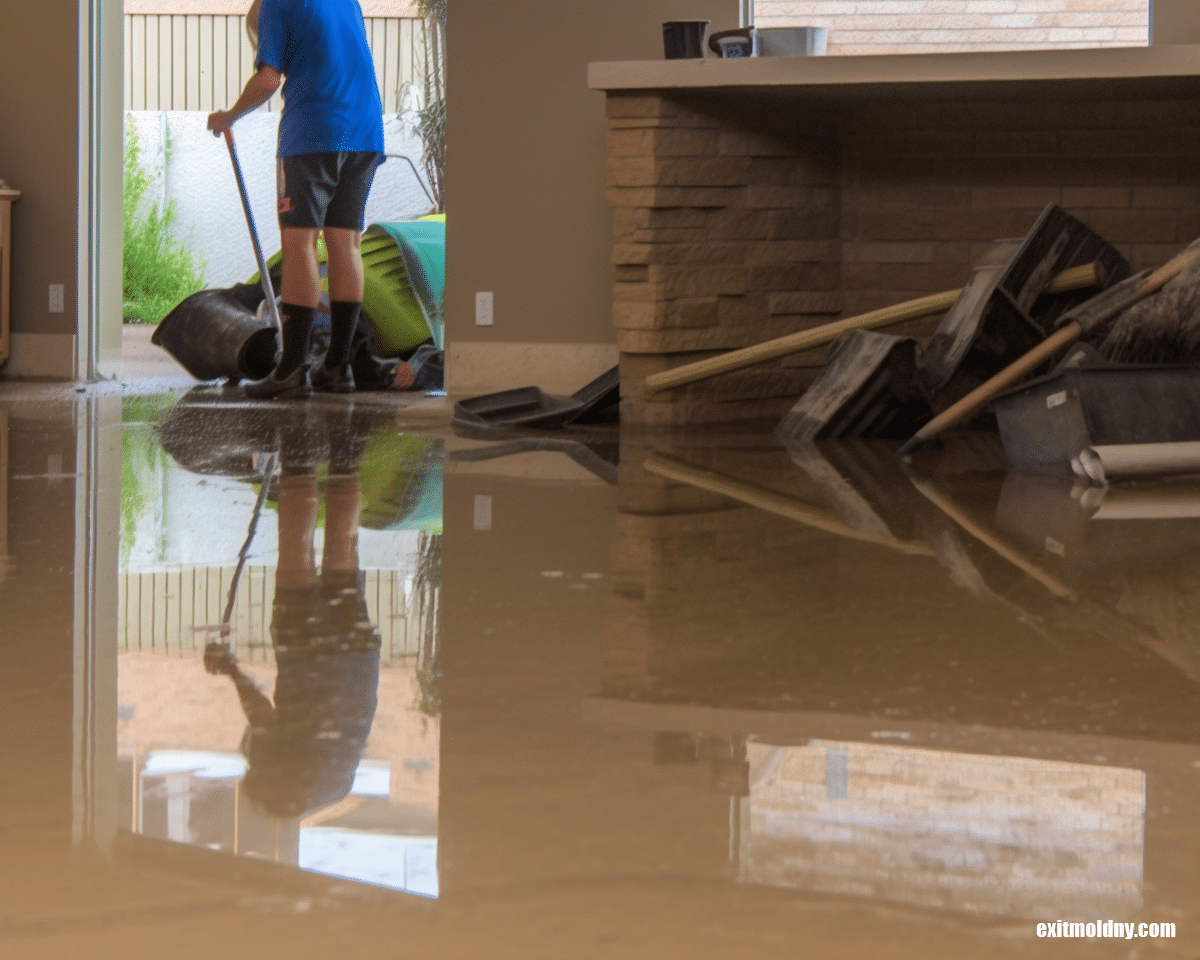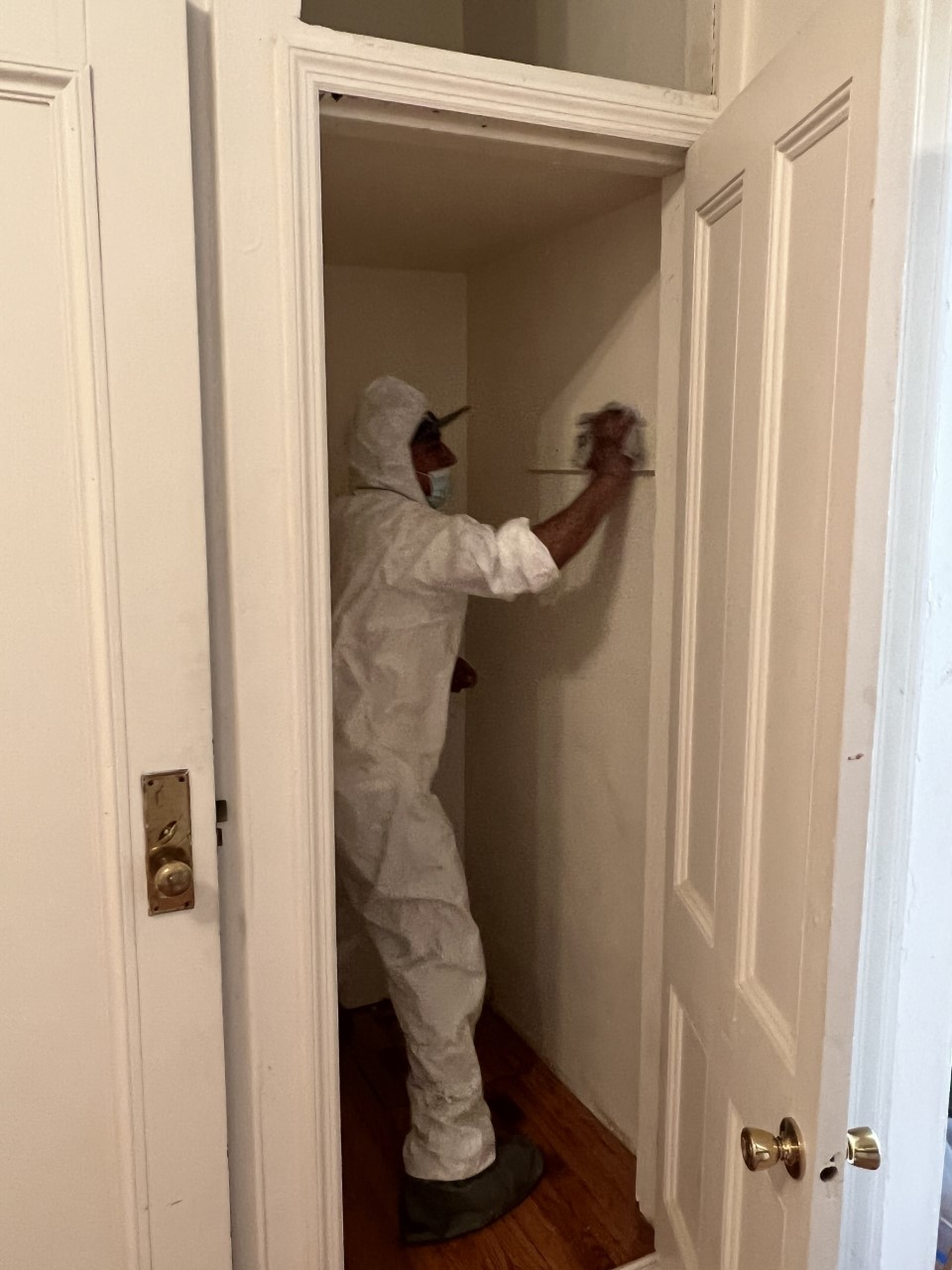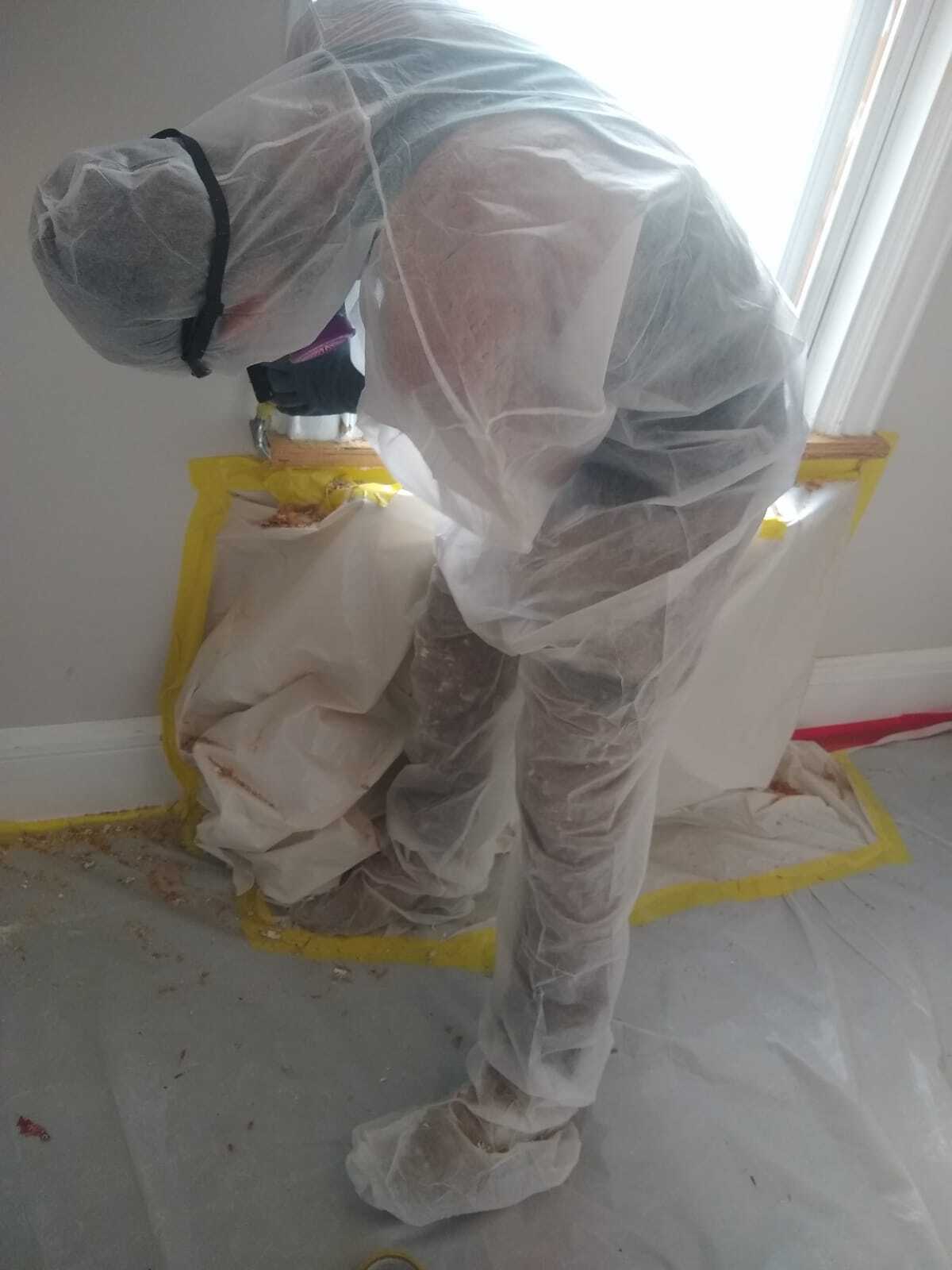Best Practices for Making Certain Safe and Extensive Lead Infraction Abatement
Addressing lead infraction abatement needs a multi-faceted approach to guarantee both safety and conformity. First evaluations utilizing sophisticated discovery approaches such as XRF analyzers set the stage for a precise understanding of contamination levels. Including appropriate control strategies, consisting of closed obstacles and HEPA filtration, paired with using individual protective devices (PPE) for workers, creates the foundation of a protected procedure. Careful cleanup procedures, featuring HEPA vacuuming and wet-wiping, are vital. Yet, it's the last clearance process, involving thorough inspections and research laboratory testing, that truly validates a lead-free environment, making certain long-term safety and security. How do these methods interconnect to ensure thorough lead abatement?

First Assessment
Carrying out a preliminary assessment is a vital first step in lead infraction abatement. This phase encompasses an in-depth examination of the property to identify the visibility, degree, and specific areas of lead-based dangers. Qualified professionals, such as qualified lead inspectors or risk assessors, need to perform a thorough website inspection, using devices like X-ray fluorescence (XRF) analyzers to precisely find and gauge lead concentrations in paint, dust, dirt, and water.
The evaluation must likewise consist of an evaluation of the structure's background, previous records, and any type of grievances or health and wellness concerns reported by passengers - Lead Removal Contractors. Recording the searchings for diligently is vital, as these records develop the basis for creating an effective abatement method. A thorough analysis also entails tasting and research laboratory evaluation, which are important to confirm the presence of lead and overview subsequent activities
In addition, it is important to interact the results transparently to all stakeholders, consisting of residential or commercial property owners, renters, and governing authorities. By guaranteeing that the preliminary analysis is performed with precision and roughness, specialists can lay a solid structure for a targeted and efficient lead reduction procedure, ultimately protecting public health and making certain compliance with regulatory standards.
Appropriate Control
Appropriate control is vital to stop the spread of lead contaminants during reduction activities. Efficiently handling control minimizes the danger of lead dirt and particles migrating to non-work locations, therefore guarding both the setting and people outside the prompt job zone.

Regular assessments of the containment location are necessary to inspect for breaches or weak points in the barrier. Any kind of identified issues should be immediately addressed to preserve the stability of the control. By sticking to these techniques, abatement jobs can successfully manage lead contamination and minimize connected health and wellness dangers.
Employee Protection
Making certain employee protection is critical during lead abatement tasks to avoid job-related direct exposure to unsafe lead fragments. Important actions include making use of personal safety tools (PPE) such as respirators, handwear covers, and full-body fits particularly developed to block lead dust and fumes. Workers ought to undertake comprehensive training on the right usage and maintenance of PPE, including fit screening for respirators to make certain optimum efficacy.
Engineering controls, such as regional exhaust air flow systems, are crucial in reducing airborne lead focus in the workplace. Management controls should also be executed, consisting of restricting the duration of direct exposure and rotating workers to minimize individual exposure times. Normal clinical monitoring and organic monitoring are indispensable for early discovery of lead absorption, allowing prompt treatment Related Site and therapy.
In addition, developing a decontamination protocol is important. Workers have to follow strict purification treatments before breaks and at the end of their shift to avoid lead dust from being carried outside the work area. This consists of comprehensive hand and face cleaning with lead-specific cleaner and transforming out of contaminated apparel.
Precise Cleanup
Keeping a secure job environment prolongs beyond worker protection and encompasses meticulous cleaning to ensure lead fragments are thoroughly gotten rid of from the website. The procedure of meticulous clean-up is important in avoiding the recontamination of the mellowed out location and securing both existing and future owners.
To accomplish a detailed cleanup, all work locations must be systematically decontaminated. This entails using specialized HEPA (High-Efficiency Particulate Air) vacuum cleaners and wet-wiping techniques to catch and remove fine lead dirt that might have decided on surfaces. It is necessary to clean up all straight surfaces, including floorings, window sills, and kitchen counters, along with vertical surface areas that might have trapped lead bits.
Workers must wear ideal individual safety equipment (PPE) throughout cleaning to stay clear of exposure to residual lead dirt. Made use of cleaning products such as wipes, sponges, and wipe heads must be taken care of based on contaminated materials disposal laws.

Last Clearance
Last clearance is the crucial ending stage of lead abatement that determines whether Learn More Here the website is risk-free for reoccupation. This vital action includes detailed inspection and testing to verify that all lead dangers have actually been successfully removed.

Last clearance testing not just safeguards future owners but additionally ensures compliance with neighborhood, state, and federal laws. It serves as a documented validation of the abatement specialist's adherence to industry finest practices. Making sure a detailed and effective last clearance is necessary in guarding public wellness and cultivating count on the reduction process.
Final Thought
Making sure safe and detailed lead offense abatement demands a multifaceted strategy incorporating first evaluations informative post with advanced discovery approaches, effective control techniques, stringent worker security procedures, and precise cleaning treatments. The final clearance phase, featuring thorough inspections and laboratory testing, is vital to validate compliance with EPA requirements. Adherence to these finest methods assures a safe setting for passengers, reduces wellness dangers, and promotes regulatory requirements, thereby promoting public health and wellness and security in lead-affected locations.